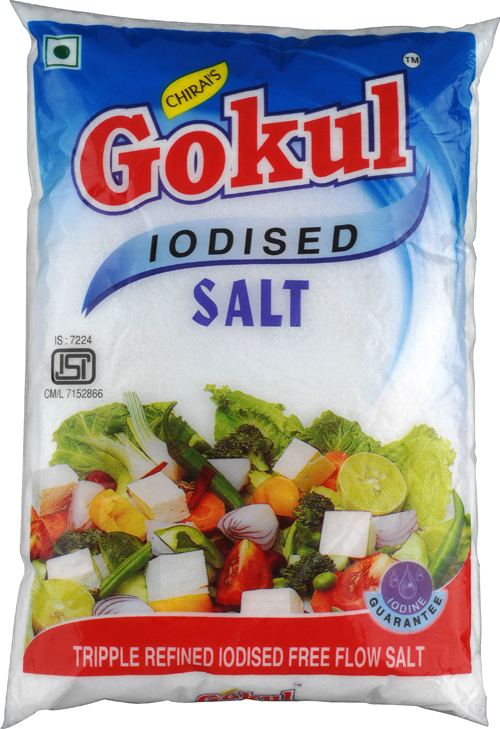 | ||
Similar | ||
Iodised salt (also spelled iodized salt) is table salt mixed with a minute amount of various salts of the element iodine. The ingestion of iodine prevents iodine deficiency. Worldwide, iodine deficiency affects about two billion people and is the leading preventable cause of intellectual and developmental disabilities. Deficiency also causes thyroid gland problems, including "endemic goitre". In many countries, iodine deficiency is a major public health problem that can be cheaply addressed by purposely adding small amounts of iodine to the sodium chloride salt.
Contents
- Healthphone iodine the importance of iodised salt malayalam food and nutrition board
- Chemistry biochemistry and nutritional aspects
- Production
- In public health initiatives
- Australia
- Brazil
- China
- Kazakhstan
- United States
- Philippines
- Romania
- South Africa
- No additive salts for canning and pickling
- Double fortified salt
- Fluoridated salt
- Diethylcarbamazine
- References
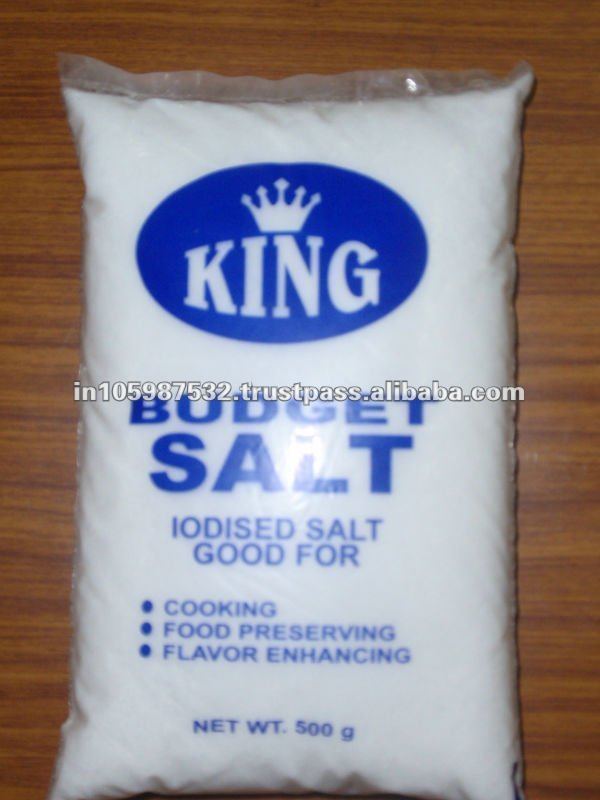
Iodine is a micronutrient and dietary mineral that is naturally present in the food supply in some regions, especially near sea coasts, but is generally quite rare in the Earth's crust, since iodine is a so-called "heavy" element and abundance of chemical elements generally declines with greater atomic mass. Where natural levels of iodine in the soil are low and the iodine is not taken up by vegetables, iodine added to salt provides the small but essential amount of iodine needed by humans.
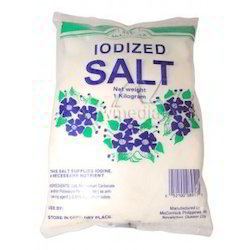
An opened package of table salt with iodide may rapidly lose its iodine content through the process of oxidation and iodine sublimation.
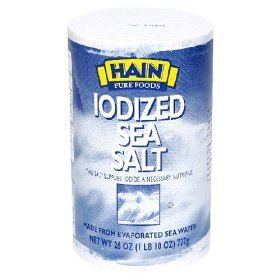
Healthphone iodine the importance of iodised salt malayalam food and nutrition board
Chemistry, biochemistry and nutritional aspects
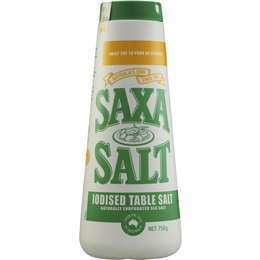
Four inorganic compounds are used as iodide sources, depending on the producer: potassium iodate, potassium iodide, sodium iodate, and sodium iodide. Any of these compounds supplies the body with its iodine required for the biosynthesis of thyroxine (T4) and triiodothyronine (T3) hormones by the thyroid gland. Animals also benefit from iodine supplements, and the hydrogen iodide derivative of ethylenediamine is the main supplement to livestock feed.
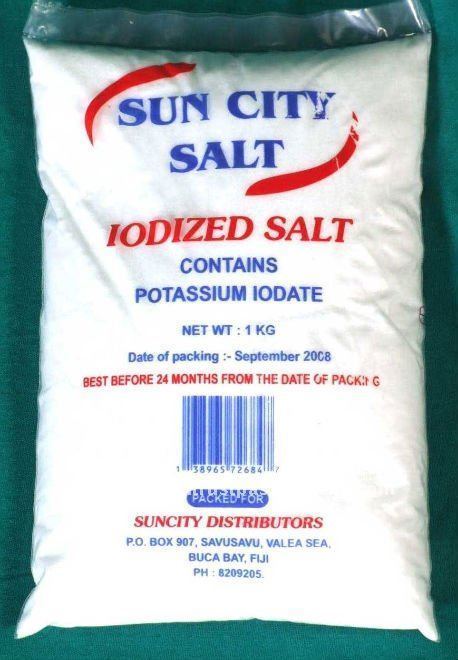
Salt is an effective vehicle for distributing iodine to the public because it does not spoil and is consumed in more predictable amounts than most other commodities. For example, the concentration of iodine in salt has gradually increased in Switzerland: 3.75 mg/kg in 1952, 7.5 mg/kg in 1962, 15 mg/kg in 1980, 20 mg/kg in 1998, and 25 mg/kg in 2014. These increases were found to improve iodine status in the general Swiss population.

Salt that is iodised with iodide may slowly lose its iodine content by exposure to excess air over long periods.
Production
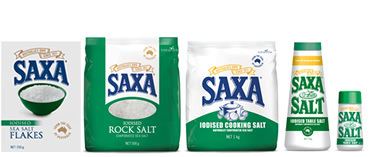
Edible salt can be iodised by spraying it with a potassium iodate or potassium iodide solution. 57 grams of potassium iodate, costing about US$1.15 (in 2006), is required to iodise a ton of salt. Dextrose is added as a stabilizer to prevent potassium iodide from oxidizing and evaporating. Anti-caking agents such as calcium silicate are commonly added to table salt to prevent clumping.
In public health initiatives
Worldwide, iodine deficiency affects two billion people and is the leading preventable cause of intellectual and developmental disabilities. According to public health experts, iodisation of salt may be the world's simplest and most cost-effective measure available to improve health, only costing US$0.05 per person per year. At the World Summit for Children in 1990, a goal was set to eliminate iodine deficiency by 2000. At that time, 25% of households consumed iodised salt, a proportion that increased to 66% by 2006.
Salt producers are often, although not always, supportive of government initiatives to iodise edible salt supplies. Opposition to iodisation comes from small salt producers who are concerned about the added expense, private makers of iodine pills, concerns about promoting salt intake, and unfounded rumours that iodisation causes AIDS or other illnesses.
The United States Food and Drug Administration recommends 150 micrograms (0.15 μg) of iodine per day for both men and women.
Australia
Australian children were identified as being iodine deficient in a survey conducted between 2003 and 2004 As a result of this study the Australian Government mandated that all bread with the exception of "organic " bread must use iodized salt.There remains concern that this initiative is not sufficient for pregnant and lactating women.
Brazil
Iodine Deficiency Disorders were detected as a major public health issue by Brazilian authorities in the 1950s, when about 20% of the population had goiter. The National Agency for Sanitary Vigilance (ANVISA) is responsible for setting the mandatory iodine content of table salt. The Brazilian diet averages 12 g of table salt per day, more than twice the recommended value of 5 g a day. To avoid excess consumption of iodine, the iodizing of Brazilian table salt was reduced to 15–45 mg/kg in July 2013. Specialists criticized the move, saying that it would be better for the government to promote reduced salt intake, which would solve the iodine problem as well as reduce the incidence of high blood pressure.
China
Much of the Chinese population lives inland, far from sources of dietary iodine. In 1996, the Ministry of Public Health estimated that iodine deficiency was responsible for 10 million cases of mental retardation in China. The Chinese government had held a legal monopoly on salt production since 119 BCE and began iodizing salt in the 1960s, but market reforms in the 1980s led to widespread smuggling of non-iodized salt from private producers. In the inland province of Ningxia, only 20% of salt consumed was sold by the China National Salt Industry Corporation. The Chinese government responded by cracking down on smuggled salt, establishing a salt police with 25,000 officers to enforce the salt monopoly. Consumption of iodized salt reached 90% of the Chinese population by 2000.
Kazakhstan
Kazakhstan, a country in Central Eurasia in which local food supplies seldom contain sufficient iodine, has drastically reduced iodine deficiency through salt iodisation programmes. Campaigns by the government and non-profit organisations to educate the public about the benefits of iodised salt began in the mid 1990s, with iodisation of edible salt becoming legally mandatory in 2002.
United States
In the U.S. in the early 20th century, goitre was especially prevalent in the region around the Great Lakes and the Pacific Northwest. David Murray Cowie, a professor of paediatrics at the University of Michigan, led the U.S. to adopt the Swiss practice of adding sodium iodide or potassium iodide to table and cooking salt. On May 1, 1924, iodised salt was sold commercially in Michigan. By the fall of 1924, Morton Salt Company began distributing iodised salt nationally. There was a gradual increase in average intelligence of 1 standard deviation, 15 points, in iodine-deficient areas and 3.5 points nationally.
Philippines
On December 20, 1995, Philippine President Fidel V. Ramos signed Republic Act 8172: An Act for Salt Iodization Nationwide(ASIN).
Romania
According to the 568/2002 law signed by the romanian parliament and republished in 2009, since 2002 iodised salt is distributed mandatory in the whole country. It is used mandatory on the market for household consumption, in bakeries and for pregnant women. Iodised salt is optional though for animal consumption and the food industry, although widely used. The salt iodisation process has to assure a minimum of 30mg iodine/kg of salt.
South Africa
The South African government instructed that all salt for sale was to be iodised after December 12, 1995.
No-additive salts for canning and pickling
In contrast to table salt, which often has iodide as well as anticaking ingredients, special canning and pickling salt is made for producing the brine to be used in pickling vegetables and other foodstuffs. This salt has no iodine added because the iodide can be oxidised by the foods and darken them—a harmless but aesthetically undesirable effect.
Double-fortified salt
Salt can also be double-fortified with iron and iodine. The iron is microencapsulated with stearin to prevent it from reacting with the iodine in the salt. By providing iron in addition to iodine in the convenient delivery vehicle of salt, it could serve as a sustainable approach to combating both iodine and iron deficiency disorders in areas where both deficiencies are prevalent.
Adding iron to iodised salt is complicated by a number of chemical, technical, and organoleptic issues. Since a viable DFS premix became available for scale-up in 2001, a body of scientific literature has been emerging to support the DFS initiative including studies conducted in Ghana, India, Côte d'Ivoire, Kenya and Morocco.
Fluoridated salt
In some countries, table salt is treated with potassium fluoride to enhance dental health.
Diethylcarbamazine
In India and China, diethylcarbamazine has been added to salt to combat lymphatic filariasis.
